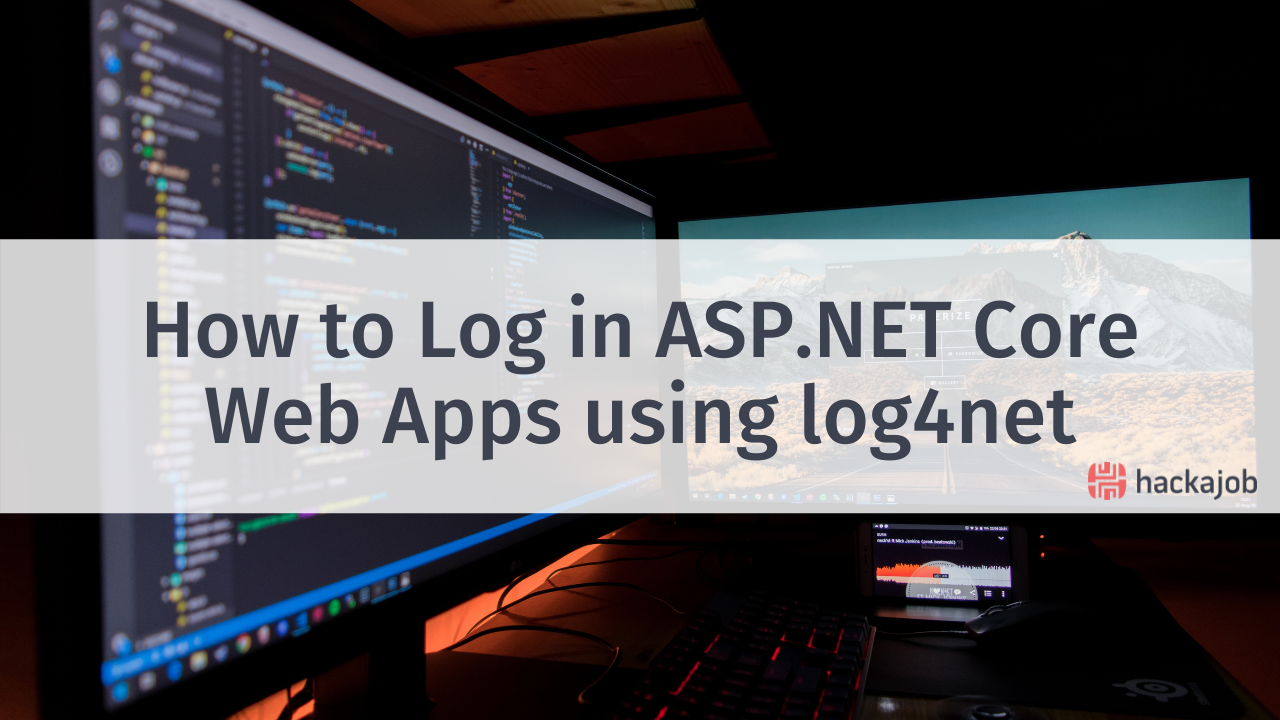Luckily in today's day and age, we don't always have to complete super long tasks. Instead, artificial intelligence (AI) manual tasks are quickly being automated. It's why AI is massively increasing in popularity with its main goal to allow machines, like computers, to complete tasks that humans once did, in an intelligent manner. Data-centric AI is one of the most efficient and popular types and focuses more on data instead of code. As this is gaining a lot of traction its true potential is only just being discovered.
So how can you get started with data-centric AI, what are it's main features and how does it compare to model-centric AI? Let's get into it!
What does Data-Centric AI mean?
This technological approach is utilised by creating an AI system with data that is high quality, meaning that any data used should be extremely capable. This is so the target AI model learns everything it can. The data used should also have systematic enhancements instead of the data being fixed. This is also a crucial part of this approach as it helps to increase the overall performance and accuracy of each AI system.
In relation to data-centric AI, the amount of data is not important, however, the quality definitely is. Both the algorithm and training model should stay intact throughout the iterative developments of the data-centric systems. It's good to bear in mind that data often changes so that better performance can be provided. So it's clear to see why this approach focuses more on data management and not software development.
Data-Centric AI vs. Model-Centric AI
Model-centric and data-centric AI are complete opposite approaches. If this seems complicated to understand then don't worry as we'll break it down by comparing the two approaches. The data-centric approach focuses more so on code, however, the latter has more of a focus on the data that is needed throughout the development stages of these systems.
The model-centric approach aims to optimise each model, on the other hand the data-centric approach aims to ensure data is optimised. When it comes to the model-centric AI, inconsistency within the data may occur due to its main focus being the code. However, in terms of data-centric AI, all of the data needs to be consistent during the whole of the AI systems lifecycle.
Fixed data works very well with the former approach, fixed code works more appropriately with the latter. In short: the data-centric approach is more suitable for bettering the data iteratively, whereas the model-centric approach helps to iteratively improve the model.
What do you need to build Data-Centric AI?
Data-centric AI is a complex combination of several components, no matter how interesting it may sound it takes a lot of work for this approach to be possible. What are the components?
- Data fitness is the first component: this is the data that you will be using and it should be sound in all aspects. Data fitness combines representativeness, validity and reliability. All of the data should be entirely valid, so that it can perform to that extent that it needs to. It should be both stable and accurate, along with the sample data including all of the characteristics to represent a larger population.
- Next is data integrity, which emphasises that all of the data used should be up-to-date at all times, enough information regarding metadata should be readily available, along with the data source being known.
- After this, data consistency such as in the case of serious data, the frequency of data collection should be kept consistent. In addition, another factor that should be kept consistent is the data labelling methodology to ensure there are no discrepancies.
- Data coverage is the next component, in simple terms this means the act of ensuring all the possible test cases are covered or at least their representatives, along with bringing in variation in the collected data.
- Next is the selection of suitable data, which actually, changes the whole focus from big data to good data such as the data proving to be valuable and futureproof for your AI system.
- Data budgeting is after that, in regards to identifying the exact amount of data that is needed for training purposes of a certain AI system.
- The next component is data cleaning, which relates to discarding the bad data that could potentially lead to erroneous decisions made by a specific AI system.
- Then, it’s data augmentation, this technique makes an AI model robust.
- Next, we have data programming, which highlights the issue of data labeling, this is done by creating automated programs to help with this.
- After this is the machine learning operations, these are deployed to monitor and analyse the overall lifecycle of each AI system throughout the development stages as well as throughout production.
- The next component is model evaluation, this refers to the analysis of the training model to evaluate whether or not the AI will be able to perform correctly in the real-world environment.
- Last but not least, the last step of the data-centric AI is model robustness, this has to be thoroughly checked to make sure that the model works correctly with different data samples that come from the same population.
It's evident that when comparing each step of the data-centric AI approach, only the final two link to the “model”, however all of the other components focus on the “data”. The AI system can also be cross-checked by a professional with domain expertise when you have all of the components to get a broader look at the picture.
Which is better? Data-Centric or Model-Centric AI?
This is a difficult question to answer and there's no right or wrong. Although, if we take a closer look at the benefits of the data-centric AI approach, then we might be more inclined to choose this option. This is because it boosts collaboration by ensuring that different teams can simultaneously work on the system. As the focus is on high-quality data, the performance massively improves too.
Plus there's less development time, as within the training dataset there are iterative improvements, meaning the overall performance of such systems is often better. This approach helps to mitigate any issues that may occur during the deployment of the AI systems. With this in mind, it's clear that the data-centric approach is advantageous over the traditional model-centric approach.
Let's sum up…
Hopefully now you've got a better understanding of the data-centric AI components and it's hopefully given you a clearer picture on how to begin this approach yourself and reap the benefits in your career. When done correctly, the data-centric AI approach can greatly improve AI systems' performance by boosting the data quality needed to train each AI model. The future of data-centric AI is bright within a range of industries as long as data is strong.
And that's it! Ready to step into a new Data Engineer or Data Scientist role? Sign up for hackajob here.
Like what you've read or want more like this? Let us know! Email us here or DM us: Twitter, LinkedIn, Facebook, we'd love to hear from you.


